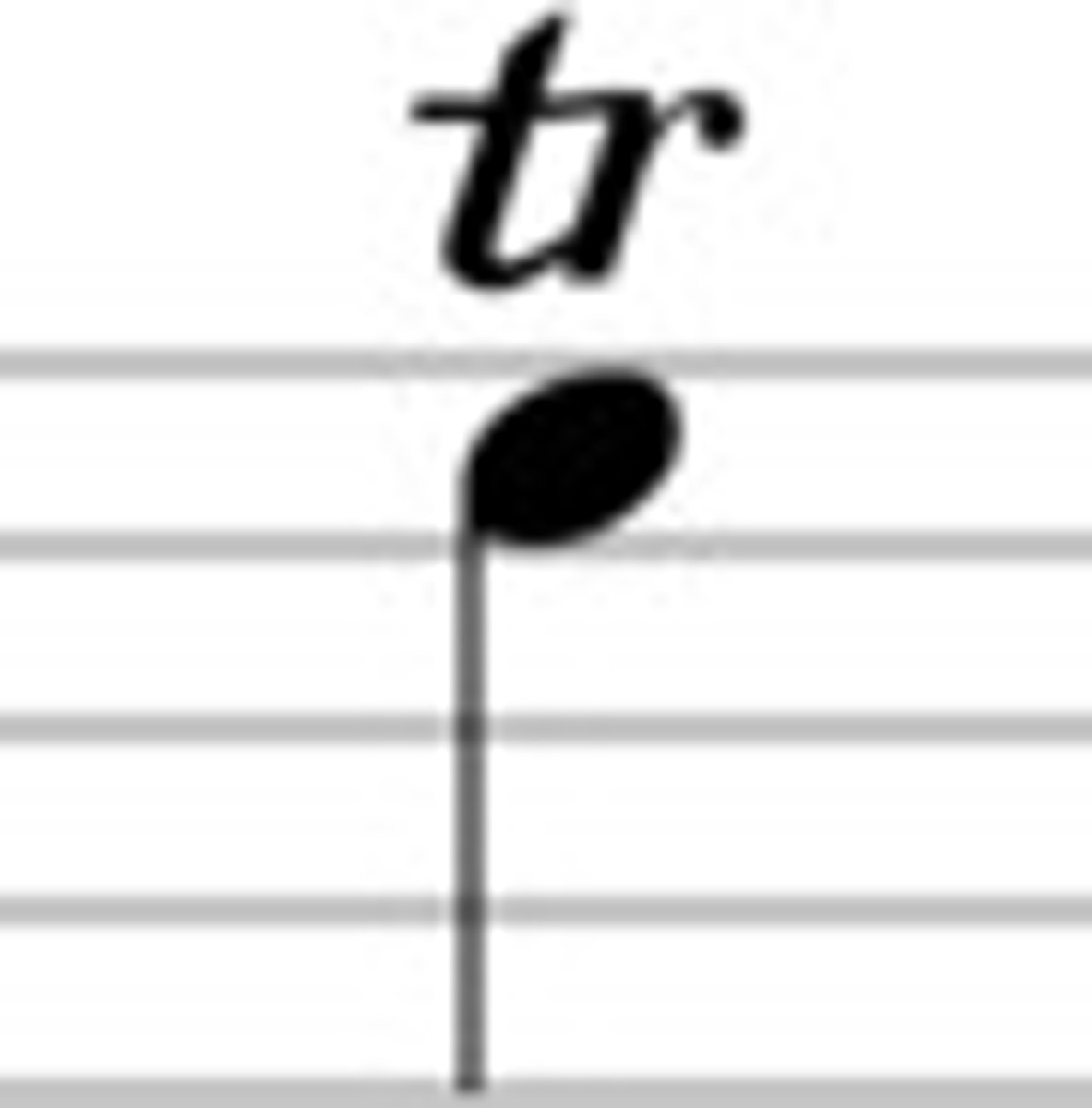Edexcel GCSE Music - Purcell's 'Music For A While'
1/28
There's no tags or description
Looks like no tags are added yet.
Name | Mastery | Learn | Test | Matching | Spaced |
|---|
No study sessions yet.
29 Terms
What is a ground bass?
A continous, repeated bassline upon which the entire piece is based
What is basso continuo?
An accompanying part which includes a bassline and harmonies, typically played on the harpsichord and with other instruments such as bass viol and lute
When was the Baroque period of music?
1600-1750 - music is characterised by its instrumentation. There are terraced dynamics, ornamented melodic lines and devices such as sequences, pedals and suspensions
What is melismatic?
A group of notes sung to one syllable of text
What is syllabic?
One note per syllable
What is word painting?
Composing music to match the meaning of the words being sung
e.g. in Music For A While notes descending as 'drop' is being sung
What is an appoggiatura?
A note that takes half of the main note value and starts a semitone higher - e.g. Bar 35 in Music For A While

What is a mordent?
An ornament where the note, the note above it or below it, and the main note again are played in quick succession. There are 2 types - upper (e.g. Bar 22) and lower (e.g. Bar 1)

In which era of music was this piece published?
Baroque (1692 to be exact)
Which main 3 instruments can be heard in this song?
Harpsichord, voice (soprano) and bass viol
What is a sequence?
The repetition of a melodic pattern at a higher or lower pitch
What is dissonance/resolution?
The quality of a pitch, interval, or chord, that makes it seem unstable or tense
What is conjunct?
Stepwise movement
What is disjunct?
A melody that moves by leaps
What is melody and accompaniment?
Texture where the main melody line is accompanied by the remaining instruments
What is a da capo aria?
Ternary (ABA) form. The text for both A sections is exactly the same. Singers typically ornamented or embellished the 2nd A Section
What is counterpoint?
The sounding of two independent melodic lines or voices against one another
What is the overall key of this piece?
A Minor
What is modulation?
A change of key within a piece of music
How are the modulations in this piece confirmed?
Perfect cadences
What is a suspension?
Prolonging a note to create dissonance with the next chord
What instruments play the basso continuo in this piece?
Harpsichord and bass viol
What is the metre of this piece?
4/4 Quadruple time
Which word is dissonance used on?
'Pains'
Which word is suspension and resolution used on?
'Eas'd'
Which word is word painting used on as well as melisma
'Eternal'
What is a trill?
A quavering or vibratory sound, especially a rapid alternation of sung or played notes

Which play was this song written for?
Oedipus
What was Oedipus about?
King Laius is told he'll have a child who will kill him and marry his mother. The King leaves his new-born son on a mountainside to die, but a shepherd finds the baby and takes him to live with a different king. The child is named Oedipus and later visits an oracle to find out who his biological parents are. The oracle tells him that he will kill his father and sleep with his mother.
Oedipus eventually kills his biological father, King Laius, and marries his mother, not knowing she is his biological mother.
A future teller and two priests summon the ghost of King Laius to find out who killed him. Alecto - a scary goddess who torments the guilty with her dripping-blood eyes and snakes in place of hair - is calmed. The lyrics in Music for a While tells the story of how Alecto is calmed.
The truth is told many years later - Oedipus' mother kills herself and Oedipus stabs out his eyes.